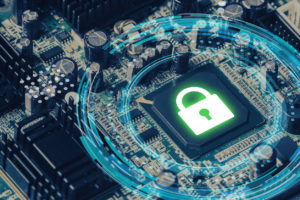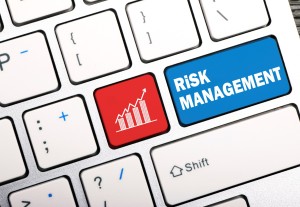The single biggest challenge of business cybersecurity is the fact that malware is built to be sneaky. It would be one thing if a hacker attack always triggered alarms and your IT team could fight them off like a castle siege. Or if you could always know what kind of malware would attack and prepare to defend against it. But that’s not how hackers and their automated malicious software work.
Instead, it is their goal to find gaps in your security, slip onto the system, and lurk until there is a way to do damage or otherwise exploit your company. Whether it is spyware, spamware, or ransomware, these malicious programs find ways to sneak into your business network in a wide variety of underhanded and unseen ways. Many businesses today are currently infected and have no idea that their data is being gathered, their IP address is being used for spam, or there is a ransomware attack waiting to strike.
We’ve put together five simple ways that your company can use to prevent malware from sneaking onto your business network in the first place. While hackers are always looking for a new angle, a comprehensive defense can significantly reduce your chances of getting a dangerous malware infection.
1) Fine-Tune Your Firewall
The first step is to make sure that your existing cybersecurity measures are not only strong, but detailed. A firewall is only as effective as it’s settings, and most default firewall settings are not sufficient to block cleverly designed malware. Open ports and generalized policies leave security gaps that malware, disguised as normal business network activity, can slip through.
Masking malware invasions is the primary way that hackers sneak through a firewall. The programs look and act like something firewall default settings will allow and then download themselves right onto your network. Work with your IT team and managed service provider to fine-tune your firewall so that only very specific work activity with key identifiers can make it through.
2) Employee Cybersecurity Training
Human error is actually the leading cause of business malware infections because employees must interact with outside sources like websites, downloads, and client communications in order to do their jobs. This is why hackers have long-since targeted employees with tactics like infected websites and phishing emails.
Your team can be trained to recognize dangerous websites, suspicious “client” interactions, potentially infected downloads, and phishing email attempts so that these are no longer an avenue for business malware infection.
3) Regular Virus Detection Scanning
It’s also safe to assume that at some point, malware will find it’s way onto your network. In fact, there might be some lurking right now from a time before you increased your cybersecurity procedures. This is why virus scanning is so important for both individual workstations and the network as a whole.
There are a variety of virus scanning solutions. There are programs that scan email attachments, computer hard drives, database servers, and complex networks. Make sure to perform comprehensive scans regularly to ensure that particularly sneaky malware does not stay for long.
4) Audit Employee Mobile Devices
Another dangerous avenue for malware infection are employee phones, tablets, and laptops. The more personal a device, the more likely it is that an employee has used it without a business-level of cybersecurity caution while at home or on vacation. The problem is that when these devices come into the workplace and connect to your office wifi, they might be bringing malware riders along with them.
It’s best to make a company policy that requires monthly virus scans of employee mobile devices, particularly if these devices are provided by the company. If employees are uncomfortable with having their personal devices checked for malware, ask them to refrain from connecting to the central company network with unsecured devices.
5) Work-Only USB Drives
Finally, watch out for USB drives. These incredibly useful little devices are great for transferring data from one computer and location to the next, but they can also be carrying infectious malware programs without the knowledge of the user. Once again, this is an especially serious risk when employees are using USBs they have brought from home.
If your workplace uses or permits the use of USB drives for file storage and transfer, make sure the drives are scanned and fully wiped regularly and consider limiting employees to only using work-provided USBs (that you can regularly secure) for plugging into work computers.
—
Malware is designed to be slippery, to hide on infected devices and to spread to new devices and networks when possible. Protect your business network from sneaky malware infection by covering all your bases, scanning for viruses regularly, and limiting employee’s ability to accidentally bring viruses to work from less careful personal online activities.
For more expert cybersecurity advice, a consultation on the health of your network, or a new MSP partnership for your business, contact us today!

